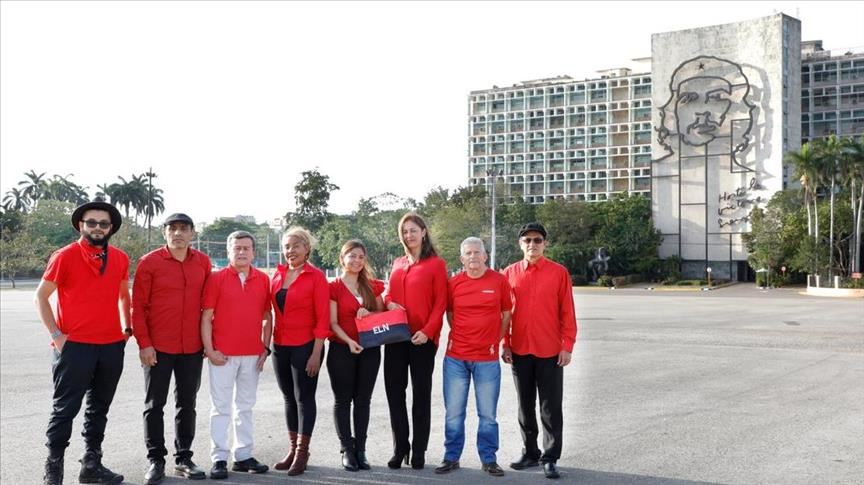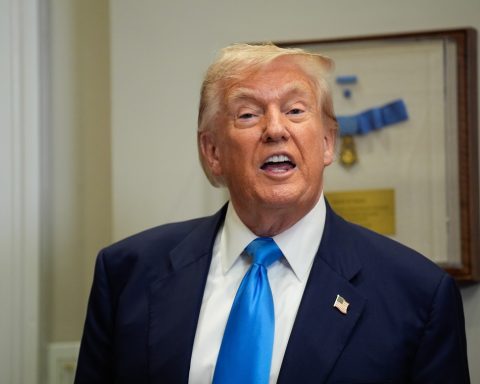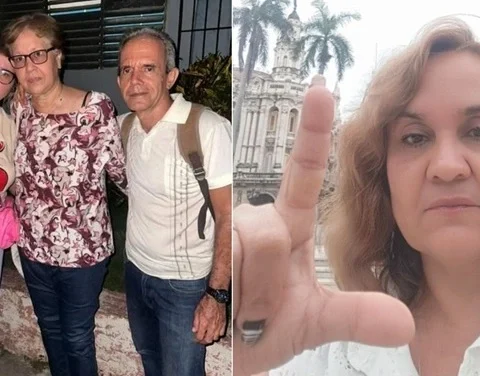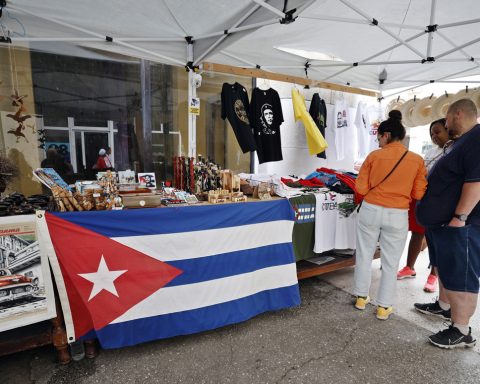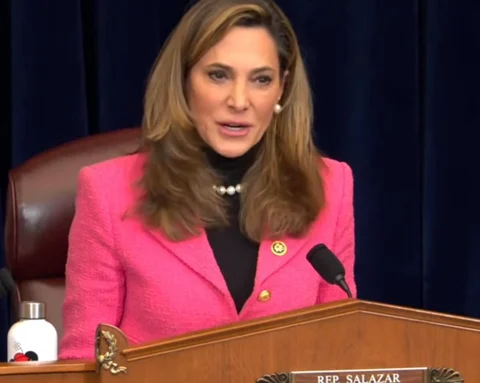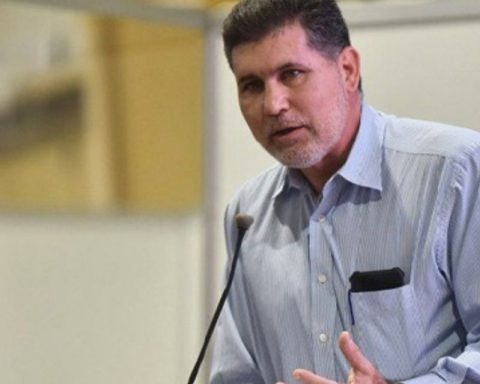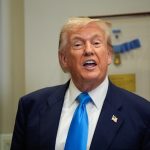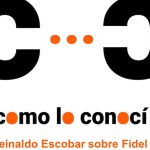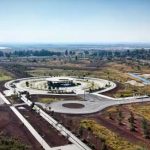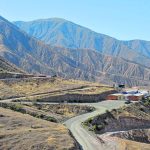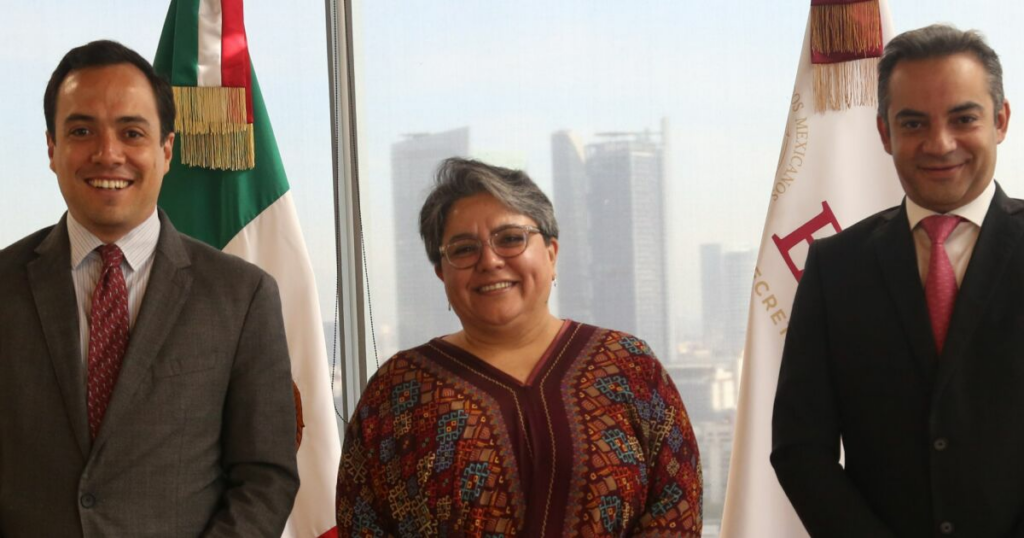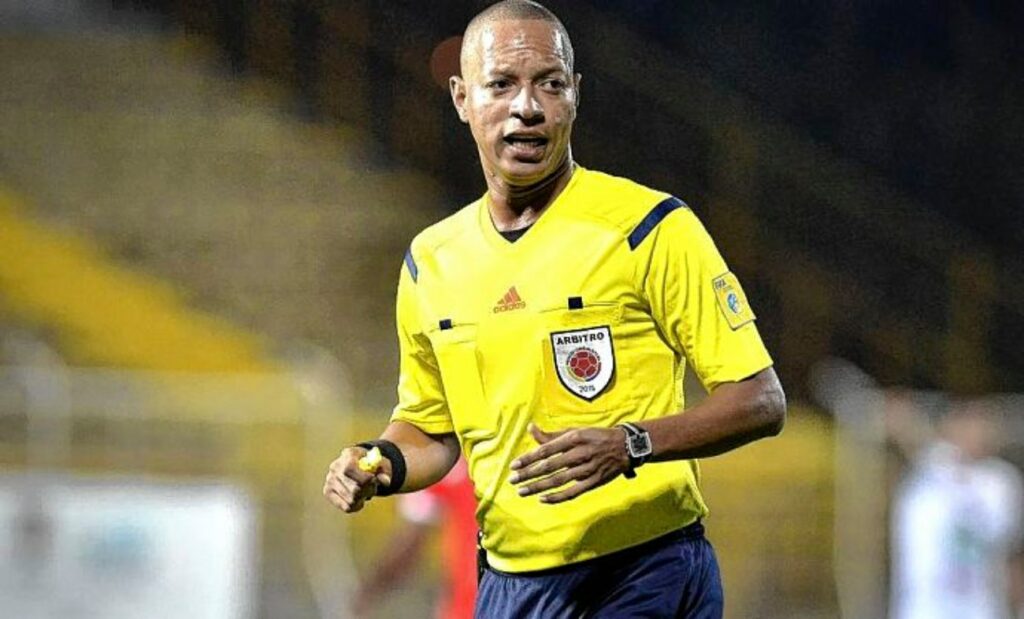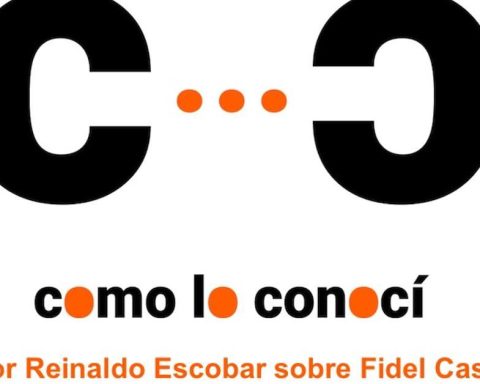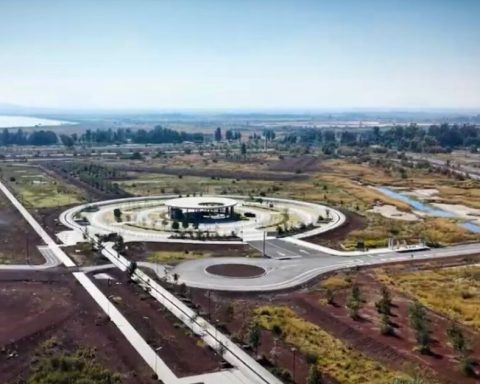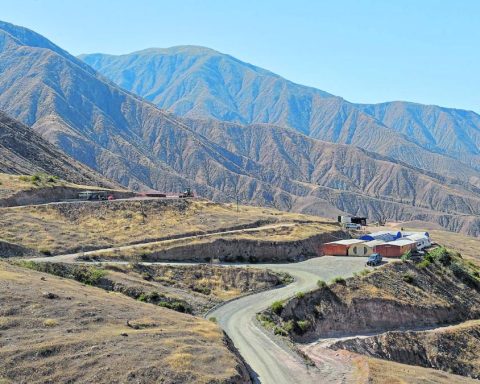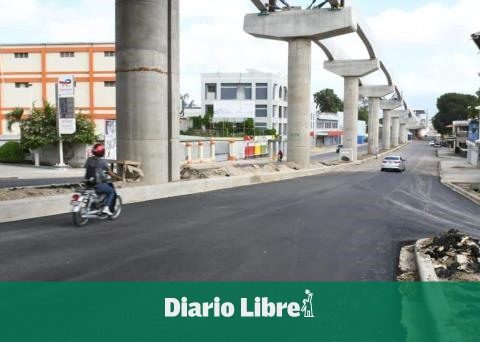Havana Cuba. — In 2013, when peace negotiations began in Havana between the Colombian government and the guerrillas of the Revolutionary Armed Forces of Colombia, it seemed like a never-ending story. For three years, one cycle of talks after another ended in disagreement and dissatisfaction on the part. Because they were repeated, the images on Cuban television of the arrival of the two delegations at the Palace of Conventions were boring. The one from the government, minimal, always in a hurry and sober, without declarations, only the brief greeting with the hand of the head of the delegation, former Vice President Humberto La Calle, to the journalists. And the guerrilla, nurtured and patibularia, anxious to speak before the press up to the elbows, always with the thickest rhetoric, systematically opposing any government proposal.
Until Timochenko, the man who replaced Manuel Marulanda at the head of the FARC, traveled to Havana, the guerrilla spokesmen, who used to be Iván Márquez or Pablo Catatumbo, always spoke under the scrutiny of Jesús Santrich, with his dark glasses blind, hunched over, leaning on his cane, with a scowling face and a bully’s demeanor, sinister as a comic villain.
In the negotiations, peace seemed to be the least important thing for the FARC-EP. They were more interested in speaking, making themselves heard, making propaganda, cleaning up their bad image as terrorists, kidnappers and narco-guerrillas, making the Colombian government look like the bad guy in the movie and buying time.
Thus, the guerrillas succeeded in achieving recognition, with all of the law, of their belligerence. At the cost of haggling over their crimes, the FARC-EP managed to summon victims of the conflict, Colombian senators, President Juan Manuel Santos, and US Secretary of State John Kerry to Havana.
The FARC’s eagerness to be heard was understandable. For several decades, their fight was almost silent. The silence that enveloped them dated from the civil war between Liberals and Conservatives, which lasted from 1948 to 1958.
The remnants of the peasant gangs were abandoned to their fate by the liberal leaders long before the kind of bipartisan pact that was the National Front. The rebels that were excluded in the jungle and the mountains gave rise to the oldest guerrilla in the continent.
The FARC was a guerrilla army made up of more than 18,000 well-armed combatants spread across 60 fronts. It was the oldest and largest of the two Colombian leftist guerrilla movements. The other, with which he had deep disagreements, was the National Liberation Army (ELN), with some 5,000 combatants, founded in 1964. But neither of the two guerrillas was able to win popular support, but rather repudiation for their methods. criminals.
In the substratum of the Colombian guerrilla are not only the acute inequalities of Colombian society, but also the incomprehension and disdain of the political elites for the peasant mentality of the vast majority of the guerrillas. Let us remember that during the Caguán talks in the late 1990s, government negotiators complained about the manners of the guerrillas, who stank and ate with their hands.
In those conversations, President Andrés Pastrana, who traveled to the jungle to meet with Marulanda, always distrustful, mischievous and with a towel on his shoulder, maintained a paternalistic attitude that turned out to be wrong. He believed that he had gained Marulanda’s trust and obtained a verbal commitment from him at the cost of demilitarizing and leaving a territory almost the size of Switzerland to the guerrillas. He believed that a peasant, such as Tiro Fijo, would not break his word. But he was wrong. He did not take into account the long accumulated resentment of Marulanda, who, self-conscious, was unable to overcome what he considered the arrogance and selfishness of the city dwellers.
The political reform of 1991 was insufficient, because far from increasing pluralism and inclusion, it favored almost anarchic fragmentation and democratic ungovernability.
There was enough reason for pessimism regarding the chances of success of the negotiations in Cuba between the government and the FARC-EP. In Colombia, everything had conspired against peace: drug trafficking and the militarization of the fight against it, rural problems, social inequalities, the criminalization of social protest, corruption, and the connections of politicians with organized crime and paramilitarism, as well as the weak commitment of the Colombian State in the protection of human rights.
But Timochenko arrived in Havana, giving and demanding guarantees for disarmament, behaving like the politician he pretended to be in the pacified country and not like the sinister narco-guerrilla leader he had been until then.
Finally, a peace agreement was reached which, after being rejected in a referendum by the majority of Colombians, was imposed almost by force by President Santos.
The FARC became a political party, but failed miserably at the polls. Later, dozens of demobilized guerrillas were killed by the paramilitaries or by their own comrades in internal struggles that led to the rearmament of various guerrilla bands, the so-called “FARC dissidents.”
Now that Gustavo Petro was lucky enough to fail Timochenko and what seemed incredible happened, that there was a leftist government in Colombia, negotiations between the Colombian state and the ELN are probably easier. Mainly because the regimes of Cuba and Venezuela, both very influential with the guerrillas, along with Norway, are mediators in the peace talks.
Since its foundation in 1964, the ELN has been more in tune with the guerrilla focus theory sponsored by Che Guevara and Fidel Castro. The ELN, like later the M-19, were “attended” by the shadowy America Department that Manuel Piñeiro (Barbarossa) directed from Havana. Many guerrillas passed through Cuba, where they received health care, ideological indoctrination, and military training.
And in Venezuela, first under the regime of Hugo Chávez and currently under that of Nicolás Maduro, the ELN has been at home. According to a recent report by Insight Crime, in Venezuela, near the border with Colombia, there are ELN and FARC dissident camps, only the former are Maduro’s favorites. Proof of this is the drug deals carried out by the guerrillas with total impunity and the security they enjoy, in contrast to the FARC dissidents, several of whom have been killed in mysterious attacks on their camps.
For the Cuban regime —which after losing the Soviet subsidy was forced to change tactics and warm up its relations with the guerrilla groups on the continent—, the relationship with the ELN is causing more loss than benefit.
Recently, after the Petro government withdrew the arrest warrant against him, the ELN delegation arrived in Venezuela from Cuba, where it had been staying for three years. Refusing to hand them over to the Colombian government —as President Iván Duque demanded— due to their responsibility in the terrorist attack against a police school where 21 people died and 68 were injured cost Cuba to be included by the US government in the list of states that support The terrorism.
At the moment, Nicolás Maduro is the one who obtains the most profits from his mediation in Colombia to clean up his very deteriorated image and pose before the world as a pacifist.
Receive information from CubaNet on your cell phone through WhatsApp. Send us a message with the word “CUBA” on the phone +525545038831, You can also subscribe to our electronic newsletter by giving click here.
